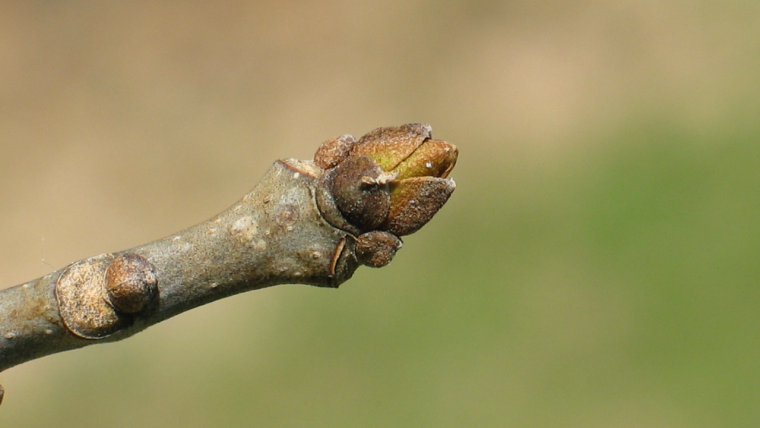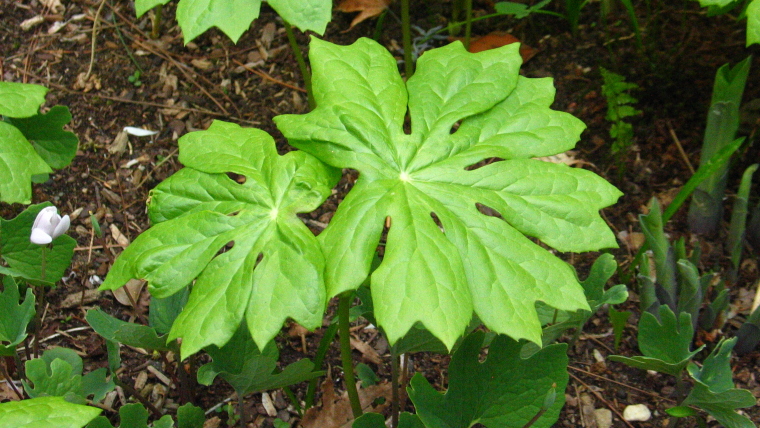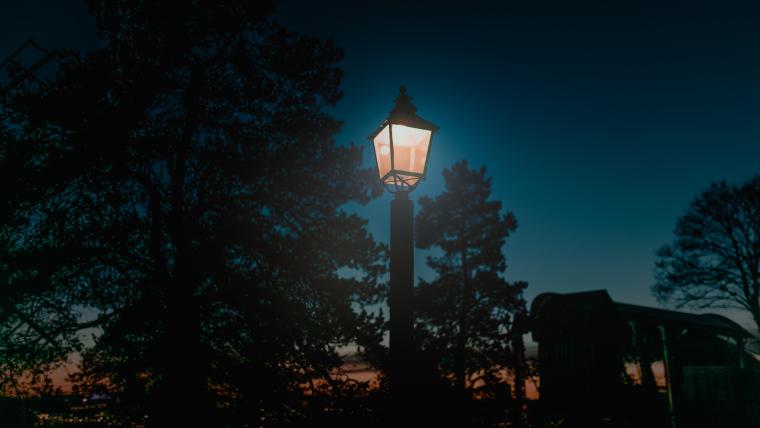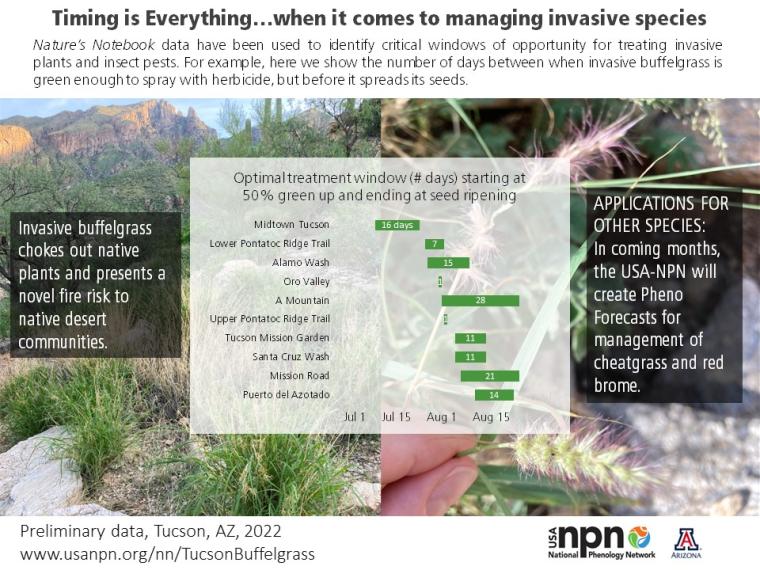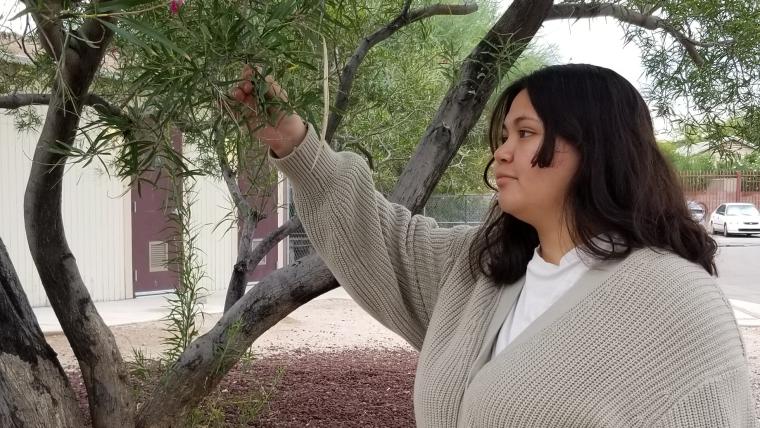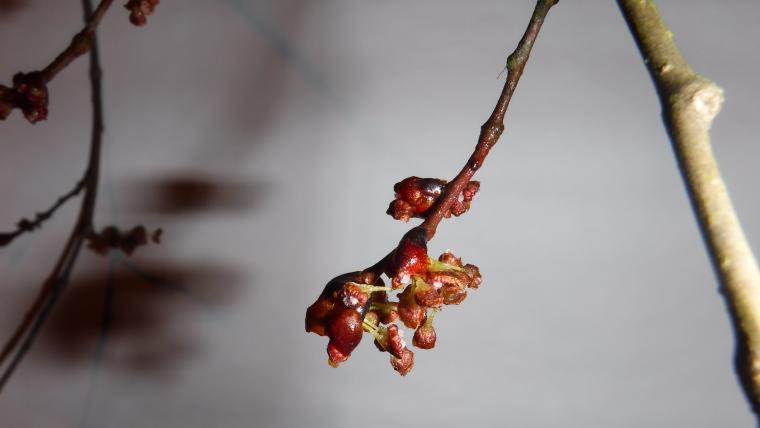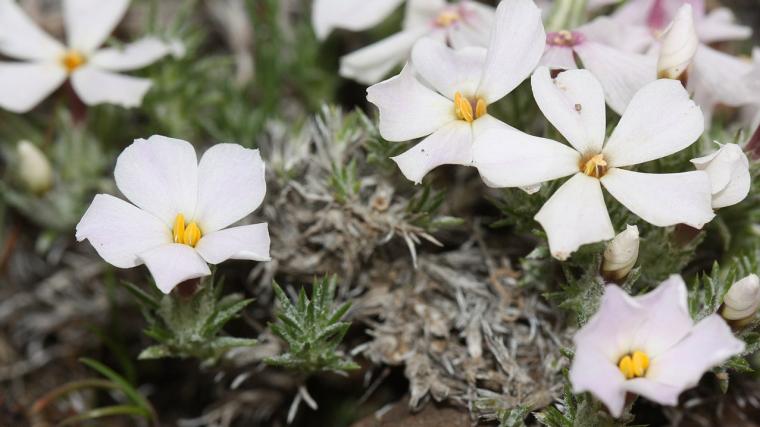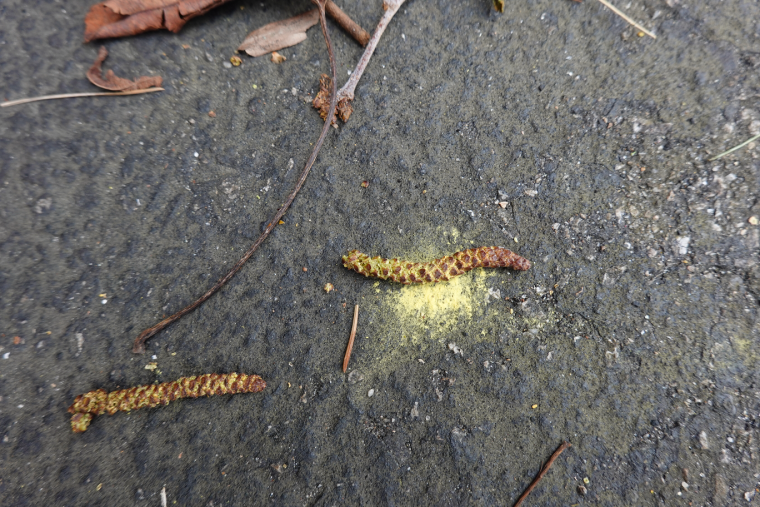
Phenology can support real-time, locally-relevant pollen alerts
Wed, Jul 26, 2023
Pollen alerts give allergy sufferers the potential to reduce their exposure and the negative health impacts that result. An emerging data source for alerts is observations of flowering phenology, which can be highly correlated with the presence of airborne pollen. The authors of a new study compared data from National Allergy Bureau stations on daily pollen concentrations to flowering and pollen cone data from Nature’s Notebook. They found that the strength of the relationship between open flowers and pollen cones and pollen concentration varied by the type of plant, with the best agreement for Oaks (Quercus) and walnuts (Juglans). More specific data on the timing of open flowers and pollen release, like those that you collect in Nature’s Notebook, could lead to create real-time pollen alerts with local specificity.
